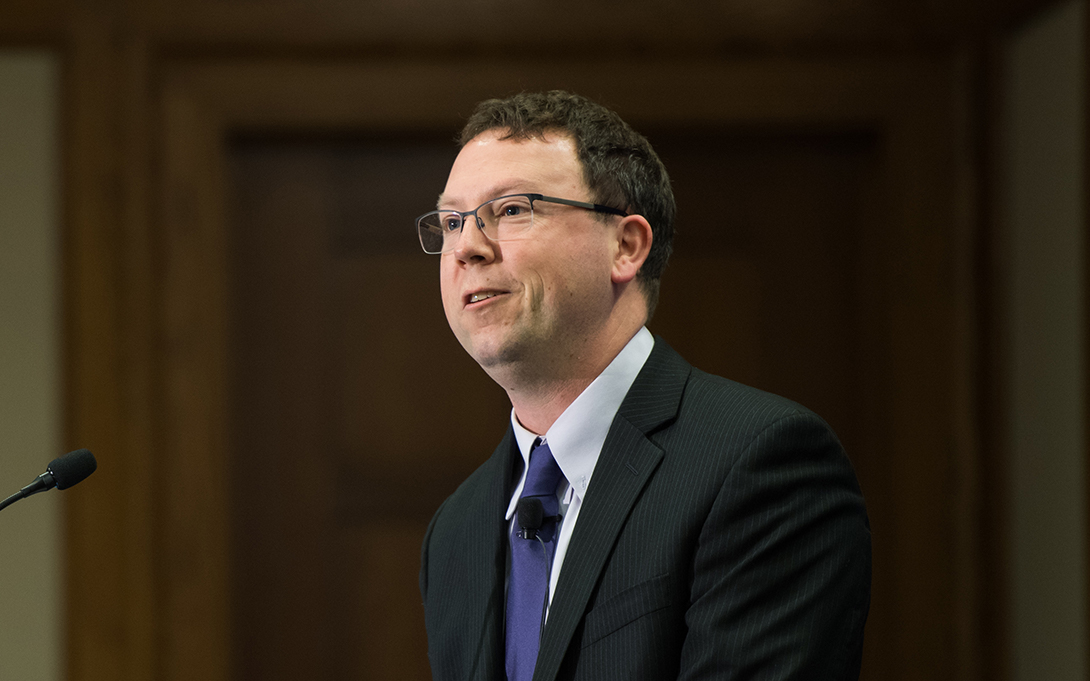
Resources for the Future, an independent, nonpartisan research organization, released on November 23rd a new discussion paper by Daniel Raimi and coauthor Richard G. Newell titled: “U.S. State and Local Oil and Gas Revenues.”
Abstract
U.S. state and local governments generate revenues from oil and gas production through a variety of mechanisms. In this paper, we quantify four leading sources: (1) state taxes levied on the value or volume of oil and gas produced; (2) local property taxes levied on the value of oil and gas property; (3) oil and gas lease revenues from state lands; and (4) oil and gas lease revenues from federal lands. We measure these revenues against the total value of oil and gas produced in the top 16 oil- and gas- producing states using fiscal year 2013 as a benchmark. On average, state and local governments collect roughly 10 percent of oil and gas revenue, ranging from a low of roughly 1 percent to a high of nearly 40 percent (not including income taxes). We also assess the use of these revenues, finding that there is substantial variation among states. The largest shares of revenue flow to state governments’ current expenditures and education, followed by local governments. Some states also allocate a portion of oil and gas revenues to trust funds endowing future government operations and/or education expenditures.